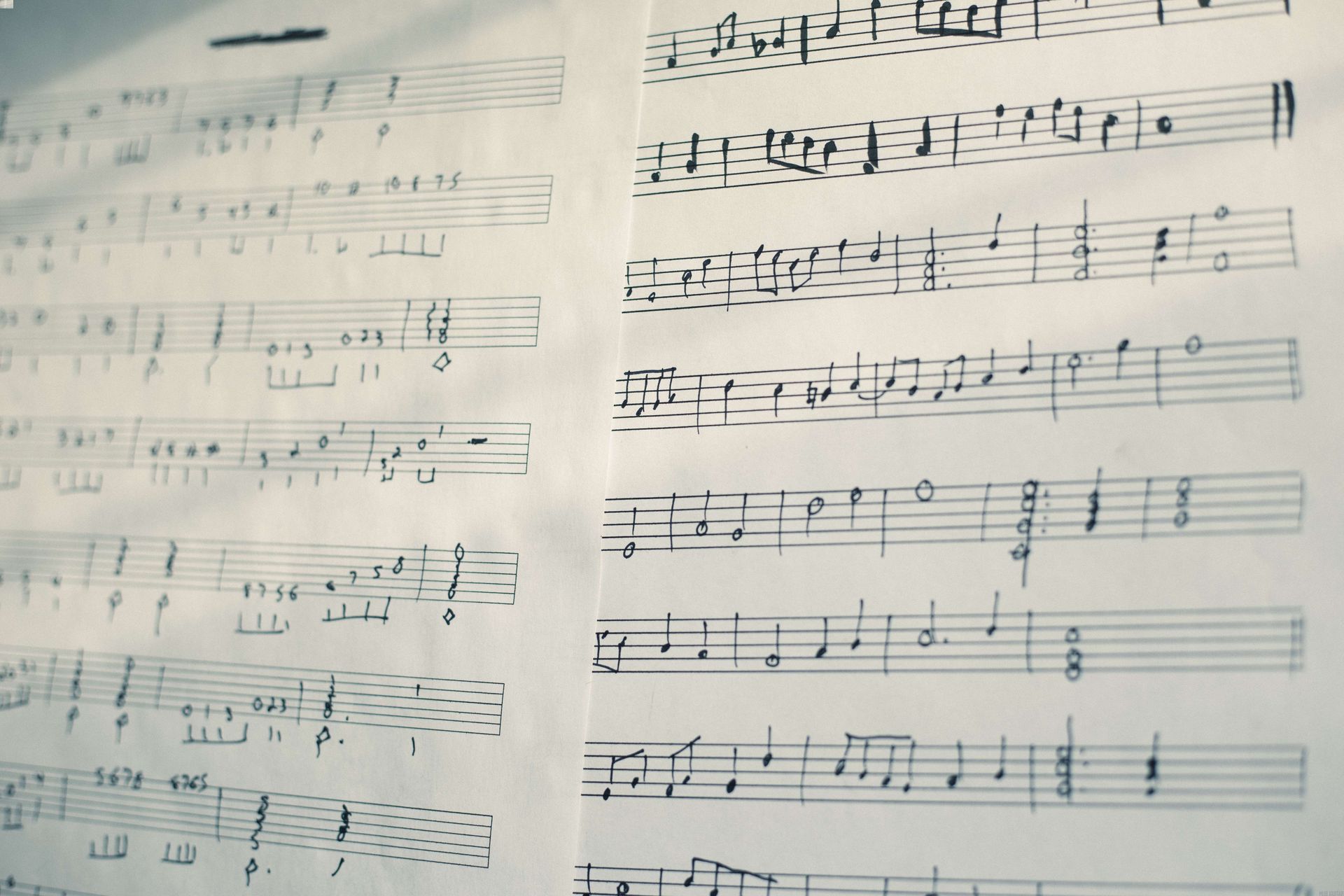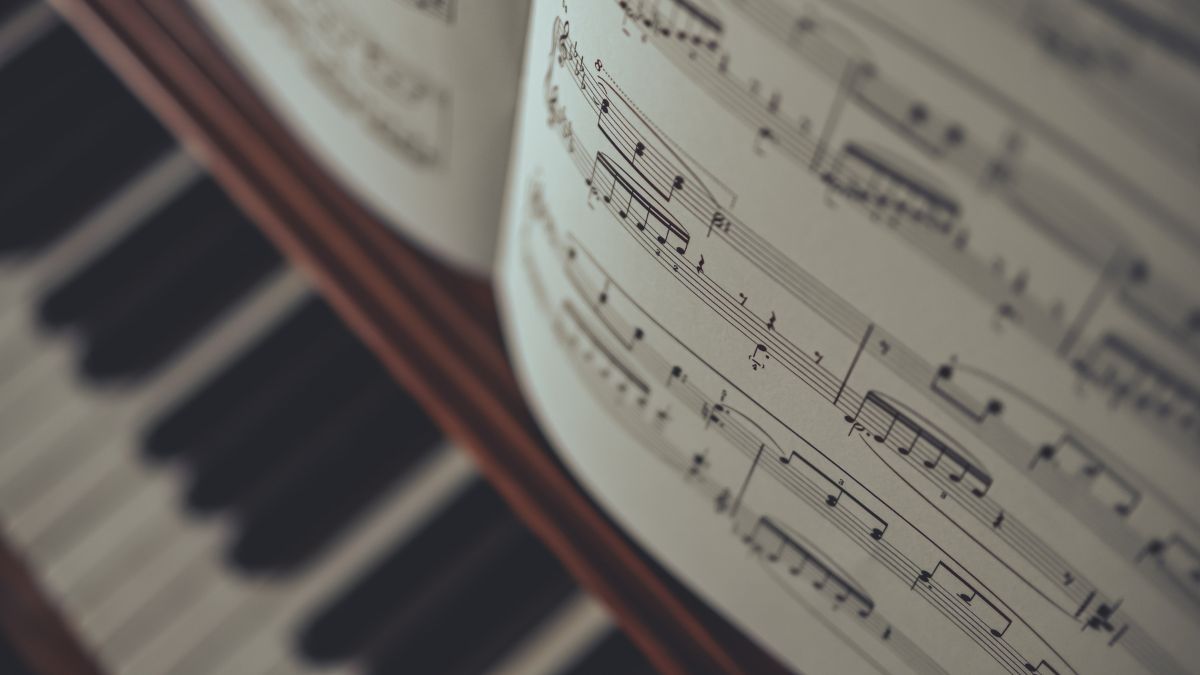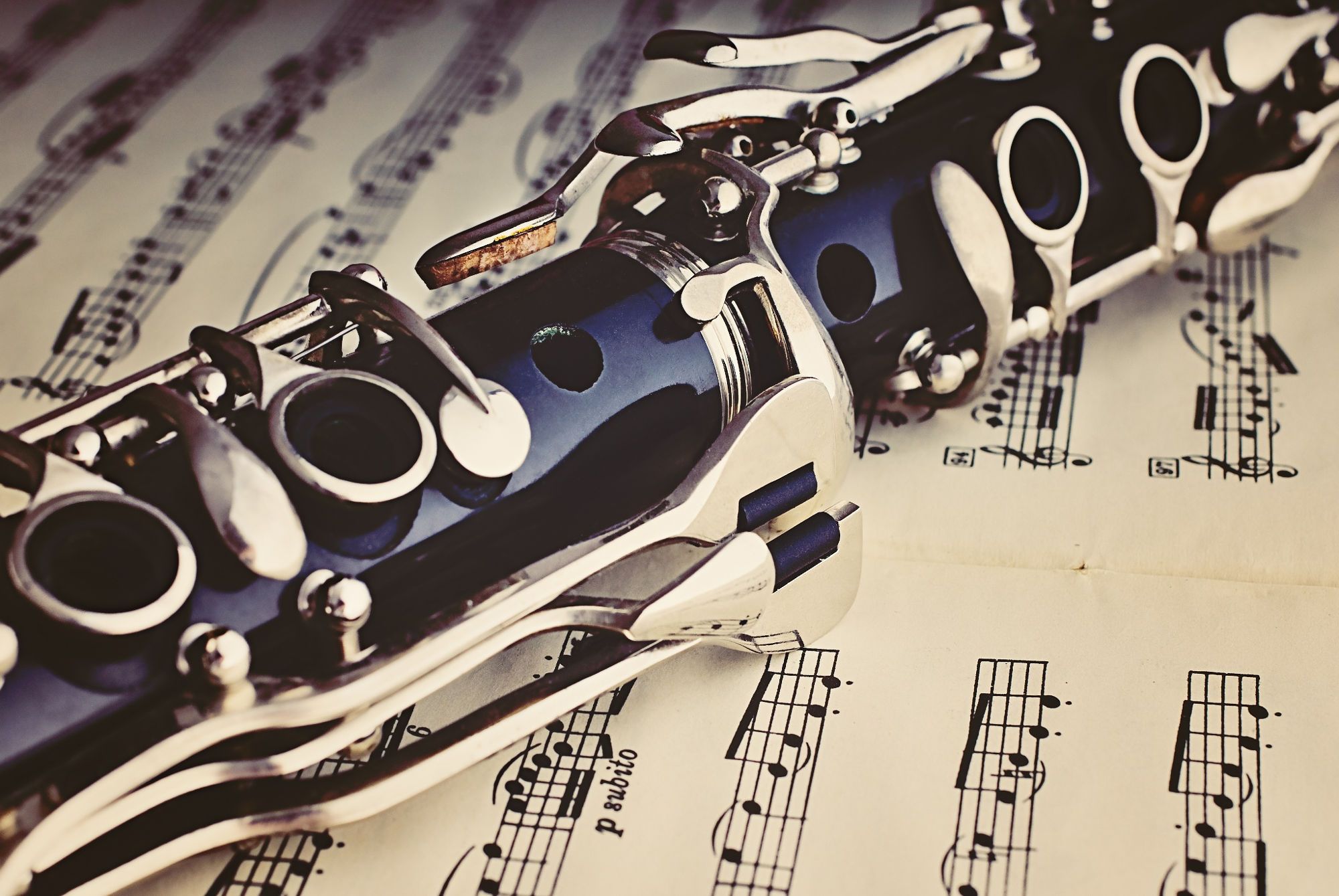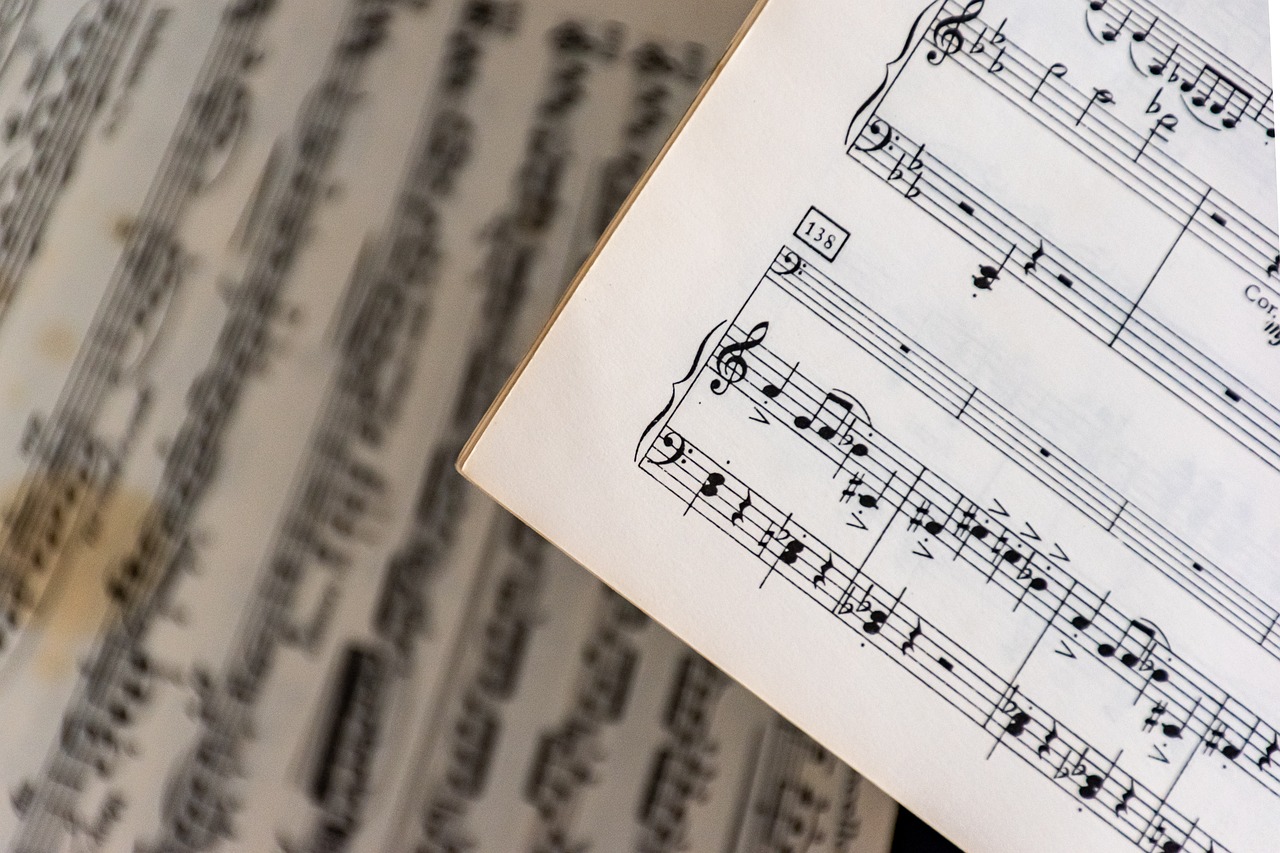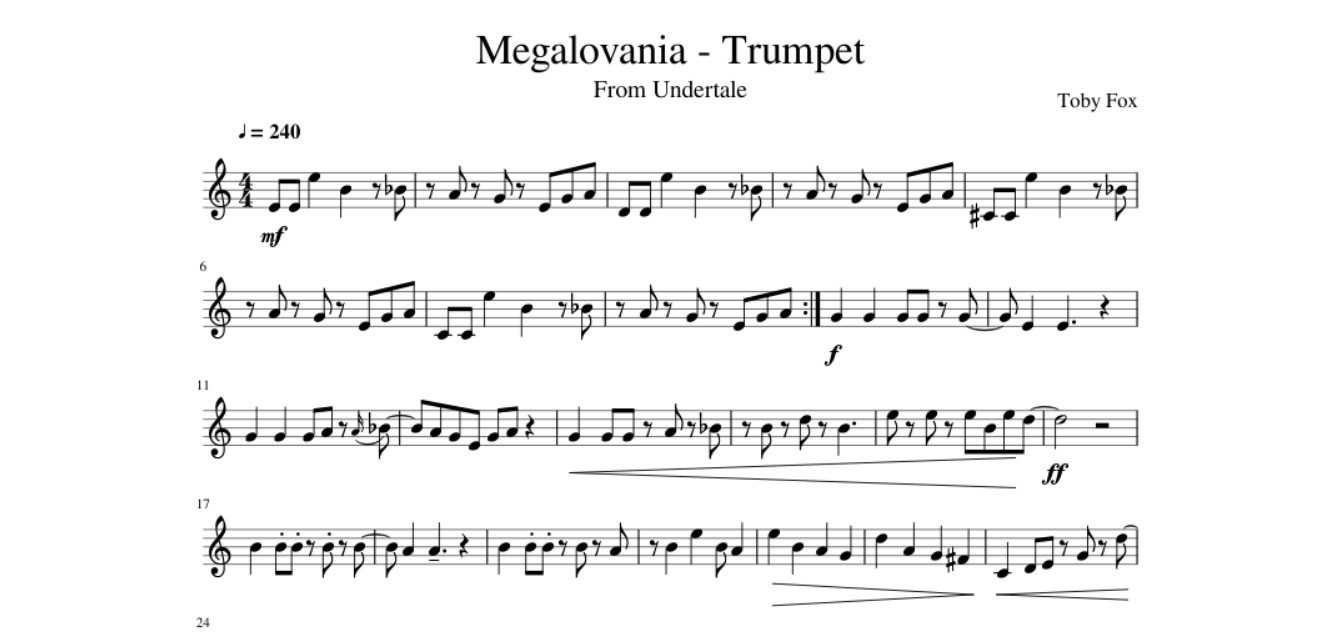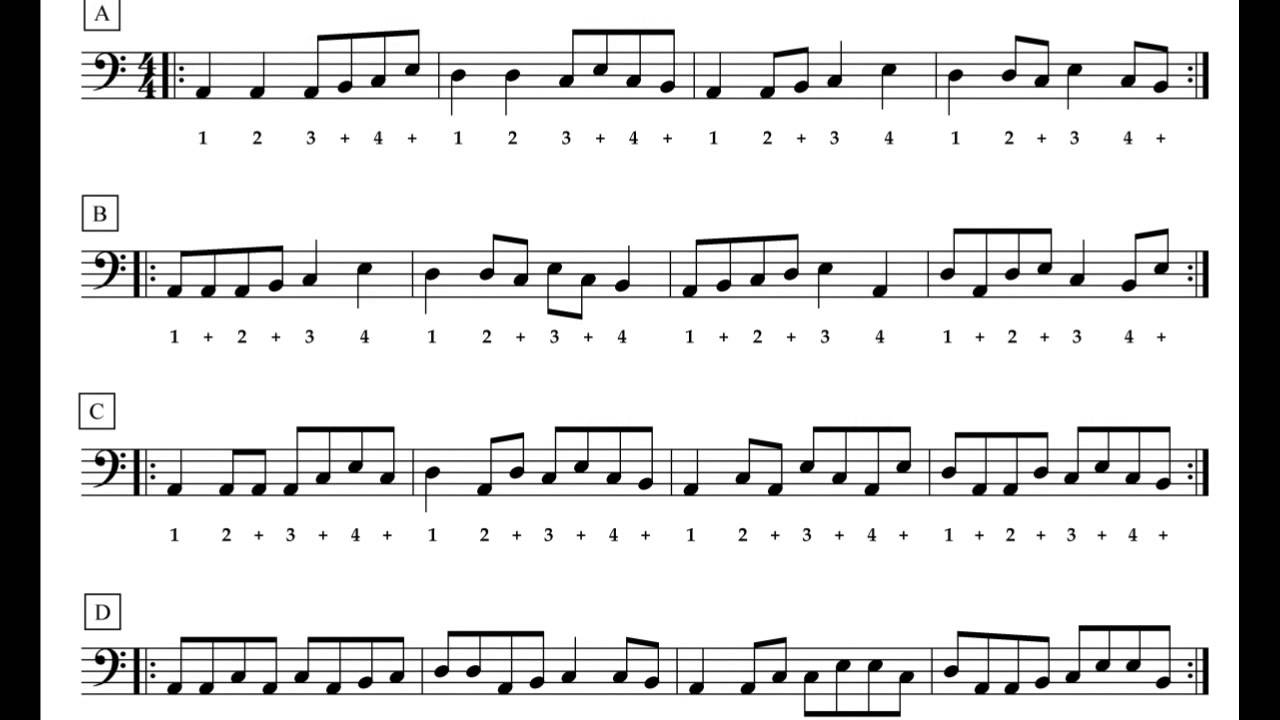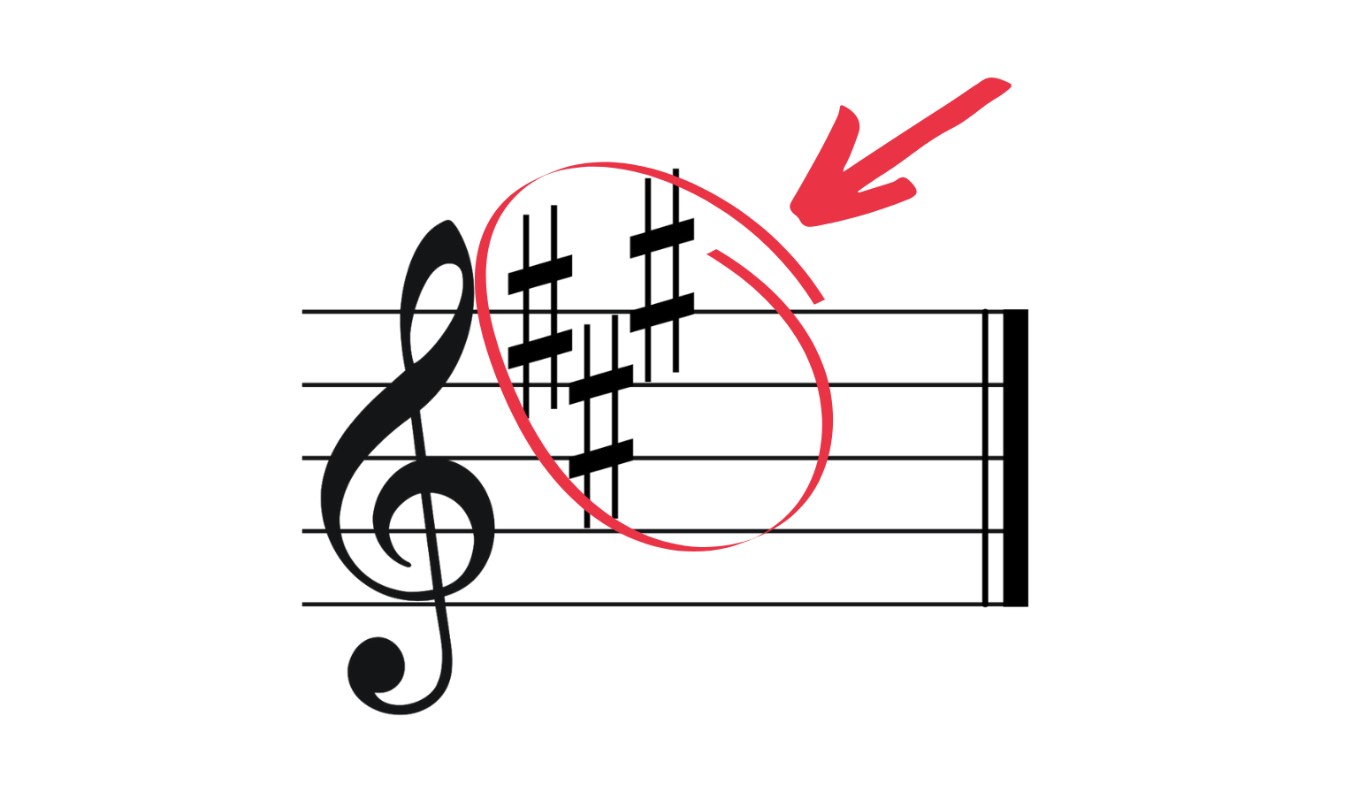Home>Production & Technology>Sheet Music>How To Read Drums Sheet Music


Sheet Music
How To Read Drums Sheet Music
Modified: January 22, 2024
Learn how to read drum sheet music with ease and master the art of drumming. Explore various sheet music resources, tips, and techniques for drummers of all skill levels.
(Many of the links in this article redirect to a specific reviewed product. Your purchase of these products through affiliate links helps to generate commission for AudioLover.com, at no extra cost. Learn more)
Table of Contents
- Introduction
- Understanding Drum Sheet Music
- Basic Musical Notation in Drum Sheet Music
- Reading Rhythmic Notation
- Identifying Drum Sounds and Symbols
- Interpreting Drum Set Notation
- Analyzing Drum Sheet Music Examples
- Tips and Techniques for Reading Drum Sheet Music
- Practice Exercises for Improving Drum Music Reading Skills
- Conclusion
Introduction
Sheet music is a vital tool for musicians to communicate and interpret musical compositions. It is a written representation of musical notes, rhythms, and other symbols that guide performers in playing a particular piece of music. While sheet music is commonly associated with instruments like piano or guitar, it is equally important for drummers to be able to read and understand drum sheet music.
Drums are a core component of any musical ensemble, providing rhythm, depth, and dynamics to the overall sound. Being able to read drum sheet music opens up a world of possibilities for drummers, enabling them to confidently play along with other musicians or learn new pieces independently. Whether you’re a beginner or an experienced drummer looking to advance your skills, understanding how to read drum sheet music is essential.
In this article, we will explore the fundamentals of drum sheet music, from basic notation to interpreting drum set notation. We will also provide tips and techniques for improving your drum music reading skills. By the end of this article, you will have the knowledge and tools to confidently navigate through drum sheet music and enhance your drumming abilities.
Understanding Drum Sheet Music
Drum sheet music uses a unique set of symbols and notations to represent different drum sounds, rhythms, and dynamics. Understanding the elements of drum sheet music is crucial for accurately interpreting and playing drum compositions.
The staff, which consists of five lines and four spaces, is the foundation of drum sheet music. Each line and space on the staff represents a different drum or cymbal and is assigned a specific note value.
In addition to the staff, drum sheet music uses various symbols and markings to convey different instructions to the drummer. These include note durations, rests, dynamics, tempo markings, and other musical directions. It is crucial to familiarize yourself with these symbols and understand their meanings.
When reading drum sheet music, it’s important to pay attention to the time signature, which indicates the number of beats in each measure and the type of note that receives one beat. Common time signatures for drum sheet music include 4/4, 3/4, and 6/8.
Another important aspect of understanding drum sheet music is knowing how to count rhythms. This involves assigning a specific value to each note or rest and being able to accurately read and interpret various rhythmic patterns.
By becoming familiar with the basic elements of drum sheet music and understanding how to read and interpret the notation, you will be able to effectively communicate with other musicians and accurately reproduce drum compositions. This foundation will serve as a springboard for advancing your drumming skills and exploring more complex drum sheet music in the future.
Basic Musical Notation in Drum Sheet Music
Drum sheet music uses a specific set of symbols and notations to represent different drum sounds and rhythms. Understanding these basic notations is essential for reading and interpreting drum sheet music.
Here are some of the basic musical notations you will encounter in drum sheet music:
- Notes: Each note on the staff represents a specific drum or cymbal. The position of the note on the staff indicates the drum’s location, and its shape determines the duration it should be played.
- Rests: Rests indicate a period of silence or a pause in the music. They are represented by symbols that correspond to the note values.
- Note durations: Drum sheet music utilizes different note durations, such as whole notes, half notes, quarter notes, eighth notes, and sixteenth notes. Each note duration has a specific value and determines how long the note should be played.
- Ties and slurs: Ties and slurs are used to connect two or more notes together. A tie indicates that the duration of the tied notes should be combined, while a slur indicates that the notes should be played smoothly and connected without any separation.
- Dots: A dot placed after a note increases its duration by half. For example, a dotted quarter note is equivalent to three eighth notes.
- Tuplets: Tuplets are used to indicate irregular rhythmic groupings within a measure. Common tuplets include triplets, where three notes are played in the time of two, and quintuplets, where five notes are played in the time of four.
By familiarizing yourself with these basic musical notations, you will be able to accurately read and interpret drum sheet music. Practice identifying these symbols and understanding their meanings, as they are the building blocks for more complex drumming compositions.
Reading Rhythmic Notation
Rhythm is a fundamental aspect of drumming, and reading rhythmic notation is crucial for accurately interpreting and reproducing drum beats and patterns from sheet music. Understanding how to read rhythmic notation will enable you to play with precision and maintain a steady rhythm.
In drum sheet music, rhythmic notation is represented by various note durations, rests, and other symbols. Here are some key concepts to understand:
- Note Duration: Each note has a specific duration that indicates how long it should be played. Common note durations in drumming include whole notes, half notes, quarter notes, eighth notes, and sixteenth notes. Whole notes are held for four beats, half notes for two beats, quarter notes for one beat, eighth notes for half a beat, and sixteenth notes for a quarter of a beat.
- Ties and Dots: Ties and dots are used to modify the duration of a note. A tie connects two or more notes of the same pitch, extending their total duration. A dot placed after a note increases its duration by half.
- Rests: Rests indicate a period of silence or a pause in the music. They have the same durations as notes and indicate how long to pause before playing the next note.
- Syncopation: Syncopation is a rhythmic technique where emphasis is placed on the off-beats, creating a complex and interesting rhythmic pattern. It is often represented by tied notes, rests, or accents placed on unconventional beats.
- Counting: Counting is an essential aspect of reading rhythmic notation. It involves assigning a specific value to each note or rest and vocalizing the beats to maintain a steady rhythm. For example, counting “1 and 2 and 3 and 4 and” in 4/4 time helps to keep track of the beats and subdivisions.
- Rhythmic Patterns: Drum sheet music often includes repetitive rhythmic patterns or drum beats that form the backbone of a song. These patterns can be combinations of different note durations and rests and may include syncopation and accents.
By understanding and practicing these concepts, you will develop the ability to accurately read and interpret the rhythm notations in drum sheet music. Remember to count, listen carefully, and internalize the rhythms to master the art of reading rhythmic notation.
Identifying Drum Sounds and Symbols
Drum sheet music uses specific symbols to represent different drum sounds and techniques. Identifying these symbols and their corresponding drum sounds is essential for accurately interpreting and playing drum compositions from sheet music.
Here are some common drum sounds and symbols you will encounter:
- Bass Drum (Kick): The bass drum is represented by a note with a stem and a line extending below the staff. It produces a deep, low sound and is played with a bass drum pedal using the foot.
- Snare Drum: The snare drum is represented by a note with a stem and a small cross or “x” on the notehead. It produces a sharp, crackling sound and is played with drumsticks or brushes.
- Hi-Hat: The hi-hat is represented by two horizontal lines stacked on top of each other, with an “x” on top. It consists of two cymbals that are opened and closed by foot pedal or played with drumsticks. Different symbols indicate open or closed positions.
- Cymbals: Various cymbals, such as ride cymbals, crash cymbals, and splash cymbals, are represented by different symbols. The symbols generally resemble the shape and size of the cymbal they represent.
- Toms: Toms are represented by notes on different ledger lines above or below the staff. Each tom has a specific pitch, and the position of the note on the staff indicates its location.
- Rimshot: A rimshot is indicated by a note with a slash through the stem. It is produced by striking the rim of the snare drum and the drum head simultaneously, creating a distinctive sound.
- Cross Stick: A cross stick is indicated by a note with an “x” on the stem. It is produced by striking the rim of the snare drum with the drumstick while placing another stick across the head, resulting in a sharp, wooden sound.
- Ghost Notes: Ghost notes are represented by smaller, lighter noteheads or parentheses. They are softer, quieter notes played between stronger accents to add complexity and groove to the rhythm.
By familiarizing yourself with these drum sounds and symbols, you will be able to easily identify and reproduce the different drumming techniques specified in drum sheet music. Remember to practice playing each drum sound and technique to develop a solid understanding and mastery of drum notation.
Interpreting Drum Set Notation
Drum set notation is a specialized form of drum sheet music that specifically represents the setup and coordination of a drum kit. It allows drummers to accurately interpret and replicate drumming patterns and techniques across various drums and cymbals in a coordinated manner.
Here are some essential concepts to understand when interpreting drum set notation:
- Drum Set Setup: Drum set notation typically includes a diagram or key that illustrates the placement and arrangement of drums, cymbals, and other percussion instruments. This helps the drummer understand the physical positioning of each component of the drum set.
- Voicing: Drum set notation indicates which drum or cymbal to strike for each note. Each drum or cymbal is assigned a specific note on the staff, allowing the drummer to coordinate their limb movement and strike the correct instrument at the right time.
- Coordination and Independence: Drum set notation often requires the drummer to play different rhythms and patterns with each limb simultaneously. This requires coordination and independence between the hands and feet. The notation will indicate which limb is responsible for playing each component of the drum set.
- Crossing Sticks, Hands, or Feet: In complex drumming patterns, crossing of sticks, hands, or feet may occur. Drum set notation uses symbols or special markings to indicate when and how the limbs should cross over each other to execute the pattern properly.
- Dynamics and Articulations: Drum set notation includes markings for dynamics (volume) and articulations (playing techniques). These markings help the drummer understand how to vary their playing intensity and incorporate specific techniques such as accents, rimshots, or ghost notes.
- Hi-Hat Techniques: The hi-hat is a versatile drum component with various playing techniques. Drum set notation specifies which part of the foot or which drumstick to use when playing the hi-hat, indicating open, closed, or partially open positions.
Interpreting drum set notation requires not only a solid understanding of musical notation but also familiarity with the drum set and its various components. Practice coordination and independence exercises to improve your ability to read and interpret drum set notation accurately. With time and practice, you will become proficient in replicating drumming patterns across the drum set, enhancing your overall drumming skills and versatility.
Analyzing Drum Sheet Music Examples
Examining and analyzing drum sheet music examples can greatly enhance your understanding of different drumming styles, techniques, and musical compositions. By dissecting and studying drum sheet music, you can gain valuable insights into the intricacies of drumming and develop your ability to interpret and perform diverse musical compositions.
When analyzing drum sheet music examples, consider the following aspects:
- Rhythmic Patterns: Identify the rhythmic patterns and their repetitions throughout the composition. Look for recurring motifs or variations in the patterns, which can help you understand the structure of the music and how different sections fit together.
- Dynamic Markings: Pay attention to dynamic markings such as forte (loud), piano (soft), crescendo (gradually getting louder), and decrescendo (gradually getting softer). These markings provide valuable insights into the intensity and expression required for each section of the composition.
- Accents and Articulations: Note the presence of accents, staccato markings, ghost notes, and other articulations. These symbols indicate specific playing techniques and add depth and nuance to the music.
- Tempo Markings: Look for tempo markings such as allegro (fast), moderato (moderate speed), or adagio (slow). These indications guide the overall pace and feel of the composition and help you maintain a consistent tempo.
- Musical Form: Analyze the overall musical form, such as intro, verse, chorus, bridge, and outro. Identify any repeats or variations within sections, as well as key changes or transitions that may occur.
- Instrumentation: Take note of any specific drum setups or additional percussion instruments mentioned in the sheet music. This information will guide your approach to reproducing the composition and help you achieve an authentic sound.
By closely analyzing drum sheet music examples, you can gain valuable insights into the various components of a composition and how they work together. This analysis will not only enhance your ability to read and interpret drum sheet music but also deepen your understanding of musical structure and improve your overall musicianship. Take the time to explore different genres and styles of drumming to broaden your musical vocabulary and unlock new possibilities in your drumming repertoire.
Tips and Techniques for Reading Drum Sheet Music
Reading drum sheet music can be challenging, especially for beginners. However, with the right techniques and practice, you can become proficient in deciphering drum notation and playing drum compositions accurately. Here are some tips and techniques to improve your drum sheet music reading skills:
- Start with the Basics: Familiarize yourself with the basic elements of drum sheet music, such as note durations, rests, and rhythm counting. Practice reading simple rhythms and gradually progress to more complex patterns.
- Count Aloud: Vocalize the rhythms by counting aloud to reinforce the understanding of note values and maintain a steady tempo. Use syllables like “1 and 2 and 3 and 4 and” for eighth notes or “1 e and a 2 e and a” for sixteenth notes.
- Break it Down: Divide complex rhythms into smaller segments and practice each segment individually. Once you have mastered the smaller parts, gradually combine them to play the complete rhythm.
- Use Mnemonics: Mnemonic devices, such as using words or phrases to represent note values, can aid in memorizing and internalizing rhythms. For example, “Every Good Boy Deserves Fudge” can help you remember the notes on the lines of the staff (E, G, B, D, F).
- Focus on One Voice at a Time: When reading drum set notation, concentrate on one voice (drum or cymbal) at a time to understand the coordination and independence required for each limb.
- Listen to the Music: Play along with recordings of the music you are reading to better understand the context and feel of the song. This will enhance your interpretation and overall musicality.
- Practice Sight-Reading: Set aside dedicated practice time for sight-reading drum sheet music. Start with simpler compositions and gradually progress to more complex pieces to sharpen your sight-reading skills.
- Seek Guidance: If you are struggling, consider taking drum lessons or consulting a drumming instructor who can provide guidance and support. They can help you understand complex rhythms and provide tailored exercises to improve your reading skills.
- Practice Patience: Reading drum sheet music is a skill that takes time and patience to develop. Be consistent with your practice and embrace the learning process, and you will see improvements over time.
Remember, reading drum sheet music is a journey that requires practice, perseverance, and a solid understanding of musical notation. By implementing these tips and techniques into your practice routine, you will gradually become more confident in your ability to read and interpret drum sheet music accurately.
Practice Exercises for Improving Drum Music Reading Skills
To enhance your drum music reading skills, it is crucial to incorporate specific practice exercises into your routine. These exercises focus on developing rhythm recognition, note identification, and coordination. Here are some effective practice exercises to help improve your drum music reading skills:
- Rhythm Clapping: Begin by clapping various rhythms, starting with simple patterns and gradually progressing to more complex ones. Focus on maintaining a steady tempo and accurately reproducing the rhythms.
- Single Limb Reading: Practice reading and playing rhythms using just one limb (e.g., right hand on a snare drum or kick pedal). This exercise helps isolate specific rhythmic patterns and allows you to concentrate on accurate note identification and coordination.
- Four-Way Coordination: To develop coordination between all four limbs, practice playing different rhythms for each limb simultaneously. Start with basic patterns and gradually increase the complexity as you become more comfortable.
- Sight-Reading Exercises: Regularly practice sight-reading exercises by working through new drum music that you haven’t encountered before. Focus on accuracy and maintaining a steady tempo while reading and playing the rhythms on the fly.
- Rhythm Subdivision: Practice subdividing rhythms by playing eighth notes, sixteenth notes, or other subdivisions of the main beat. This exercise improves your ability to read and play different rhythmic values accurately.
- Rhythmic Dictation: Listen to a rhythm and try to notate it accurately on paper. This exercise helps develop your ability to hear rhythms and translate them into written notation.
- Drum Set Transcriptions: Choose a drum track or song you enjoy and transcribe the drum part onto sheet music. This exercise demands careful listening and translating what you hear into written notation.
- Metronome Practice: Practice with a metronome to develop a consistent sense of timing and improve your ability to stay in sync with the beat. Start with a slow tempo and gradually increase the speed as your accuracy improves.
- Play Along with Recordings: Play along with recordings of your favorite songs or drum exercises. This exercise helps you develop a sense of groove and musicality, as well as the ability to read and interpret drum parts in the context of the music.
- Gradual Tempo Increase: Choose a challenging drum piece and start practicing it at a slower tempo. Gradually increase the speed as you become more comfortable and accurate. This exercise helps build muscle memory and improves reading comprehension at faster tempos.
Consistency and regular practice are key to improving your drum music reading skills. Incorporate these exercises into your practice routine, start with simpler patterns, and gradually progress to more complex ones. With time and dedication, you will see significant improvement in your ability to read and interpret drum music accurately.
Conclusion
Learning how to read drum sheet music is a valuable skill for drummers of all levels. It allows you to effectively communicate, interpret, and reproduce drum compositions with accuracy and precision. By understanding the basics of musical notation, rhythmic patterns, and drum set notation, you can confidently navigate through drum sheet music and expand your drumming repertoire.
Throughout this article, we explored the fundamental elements of drum sheet music, including basic musical notation, reading rhythmic notation, identifying drum sounds and symbols, interpreting drum set notation, and analyzing drum sheet music examples. We also provided tips and techniques for improving your drum music reading skills through practice exercises.
Remember, reading drum sheet music is a skill that requires consistent practice, patience, and dedication. As you continue to develop your reading skills, make sure to focus on accuracy, rhythm, coordination, and musicality. Embrace the learning process, seek guidance when needed, and be consistent in your practice routine.
By mastering the art of reading drum sheet music, you will open doors to endless opportunities. You will be able to play along with other musicians, learn new pieces independently, and expand your knowledge and understanding of different drumming styles and techniques. So, keep practicing, stay committed, and enjoy the journey of musical growth and drumming proficiency!

